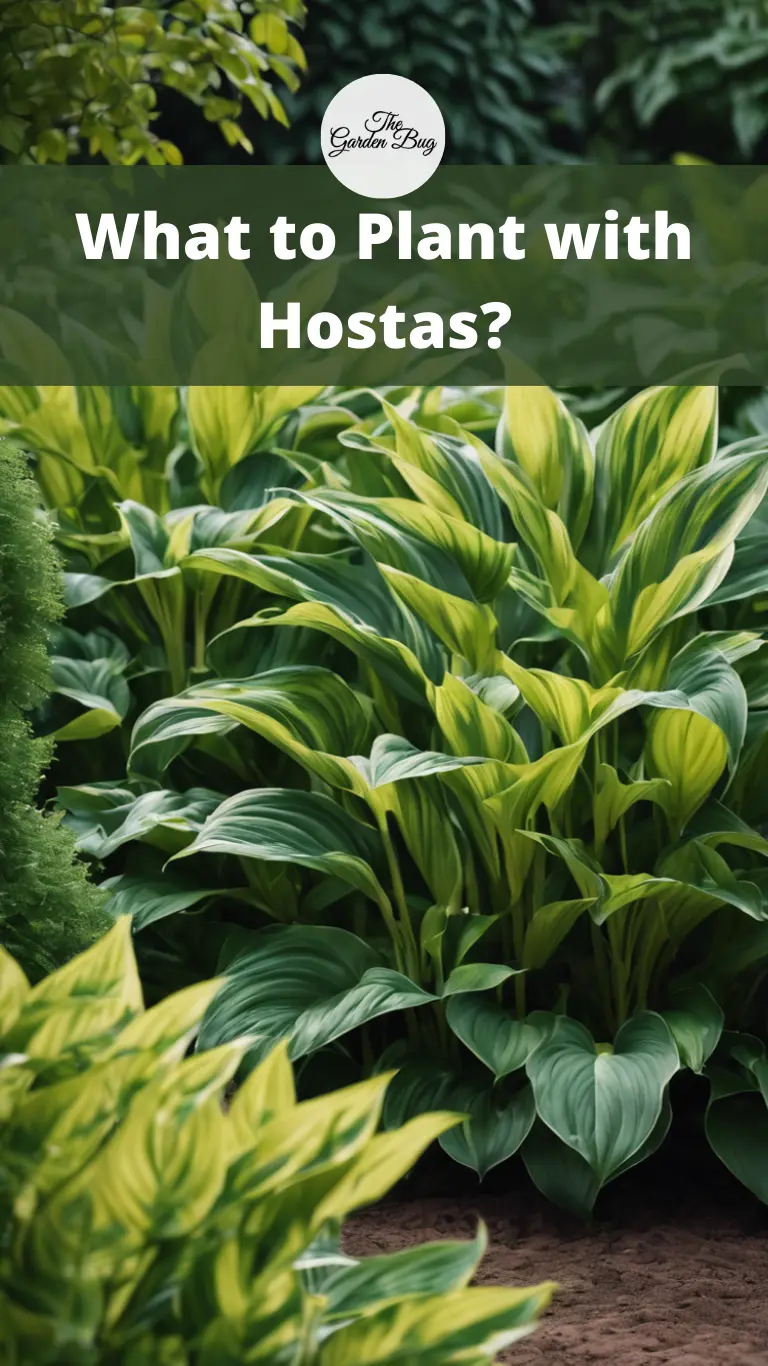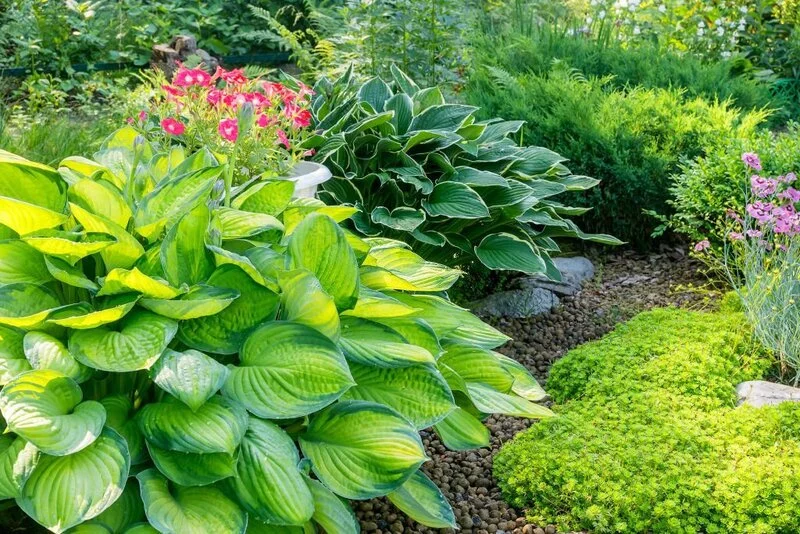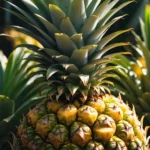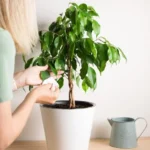Welcome to the enchanting world of hostas! These versatile plants have become beloved additions to gardens worldwide, thanks to their lush foliage and adaptability. But why stop at just hostas when you can elevate your garden’s beauty even further? Imagine a landscape filled with a tapestry of colors, textures, and heights that perfectly complement your hostas. That’s where companion planting comes in, allowing you to create a visually stunning and diverse garden that showcases the charm of these remarkable plants.
In this article, we’ll explore the art of pairing plants with hostas, unlocking the potential to transform your garden into a captivating oasis. From contrasting foliage to vibrant flowers, we’ll delve into the wide array of possibilities to enhance the beauty of your hostas. Get ready to unlock your creativity and discover the perfect plant companions that will bring your hosta garden to life.
So, join us on this journey of exploration as we dive into the wonderful world of companion planting. From contrasting textures to vibrant colors and even seasonal interest, the possibilities are endless. Together, we’ll uncover the secrets to creating a harmonious and breathtaking landscape that celebrates the splendor of hostas and their plant companions. Get ready to embark on a delightful adventure that will transform your garden into a haven of natural beauty.
Consider Contrasting Foliage
When it comes to companion planting with hostas, contrasting foliage can be a game-changer. Think of it as a dance of textures and shapes that adds depth and visual interest to your garden. Choose plants with leaves that differ in shape, size, texture, or color to create a stunning contrast against the hostas’ lush greenery. For example, pairing hostas with Heuchera, known for its vibrant foliage, creates a captivating combination. The delicate fronds of ferns or the graceful blades of Japanese Forest Grass can also provide an eye-catching contrast that makes your hostas truly shine.
Add Splashes of Color
If you want to take your hosta garden to the next level, adding splashes of color is the way to go. Imagine vibrant blooms peeking through the foliage, creating a delightful tapestry of hues. Select flowers in various shades to create a harmonious and vibrant display. Astilbe with its feathery plumes, Bleeding Heart with its heart-shaped blossoms, or the charming Impatiens can bring a burst of color to your hosta garden. These colorful companions will add an extra layer of visual interest and create a garden that is alive with vibrant energy.
By considering contrasting foliage and adding splashes of color, you can transform your hosta garden into a breathtaking masterpiece. The interplay of textures and the vivid palette of colors will make your garden come alive. So, let your imagination roam free as you explore the endless possibilities of companion planting with hostas. Get ready to create a landscape that not only showcases the beauty of hostas but also highlights the magical interplay between contrasting foliage and bursts of vibrant colors. Your garden will be a visual feast that captures the hearts of all who behold it.
- USDA Hardiness Zone: 3-8.
- Beautiful colorful plant. The leaves of Hosta is rare purple that make a wonderful supplement for your home, garden or balcony.
- Hosta are easy to grow and completely hardy. Their preferred growing conditions include shade, semi-shade, and moist, well-drained soil that does not dry out.
- Attracting Pollinators. Bees are natural pollinators of hosta plants, as are the hummingbirds that frequent the tubular flowers.
- Uses. Hosta is a great ornamental plant, perfect for decorating gardens, offices, balconies, windows, etc.
Height and Structure
In the world of companion planting with hostas, height and structure play a vital role in creating a dynamic and visually pleasing garden. By incorporating plants of varying heights alongside your hostas, you can add a sense of depth and vertical interest to the landscape. Consider taller plants or structures that will provide an eye-catching backdrop or focal point. Ornamental grasses, with their graceful plumes swaying in the breeze, can create a stunning contrast against the hostas’ foliage. Alliums with their tall stems and vibrant blooms or the majestic spires of Foxgloves can also add an enchanting vertical dimension to your garden. With height and structure, your hostas will truly stand out and command attention.
Ground Covers and Fillers
To achieve a cohesive and lush look in your hosta garden, don’t forget the power of ground covers and fillers. These low-growing plants work their magic by filling in gaps and creating a seamless carpet of foliage. They can complement the hostas by spreading or filling out the spaces between them. Consider plants like Ajuga with its vibrant purple foliage, Creeping Jenny with its trailing stems, or the silvery leaves of Lamium. These ground covers and fillers will not only enhance the visual appeal of your hosta garden but also provide a beautiful backdrop for the larger plants. The result is a garden that feels complete and inviting.
By incorporating plants of varying heights and structures and utilizing ground covers and fillers, you’ll elevate your hosta garden to new heights. The interplay of heights will create a captivating visual landscape, while the ground covers will add a lush and cohesive touch. It’s all about creating balance and harmony in your garden. So, let your creativity soar as you experiment with different combinations, and watch your hosta garden come alive with the magic of height, structure, and the charm of ground covers and fillers.
- Black Scallop Bugleweed – Ajuga – NEW! – Darkest Form – 48 Plants – 1 3/4″ Pots
- Hirt’s Gardens
- Garden & Patio
Seasonal Interest
To truly make your hosta garden a year-round spectacle, consider incorporating plants that offer seasonal interest. These additions will ensure that your garden remains captivating and beautiful throughout the changing seasons. Look for plants that provide blooms, foliage color changes, or even winter interest.
For instance, daylilies can bring vibrant blooms in summer, creating a stunning contrast against the hostas’ greenery. Autumn ferns, with their rich copper hues, add a touch of warmth to the garden as the seasons transition. And when winter arrives, hellebores can bloom with delicate flowers, offering a gentle reminder of nature’s resilience even in the coldest months. By carefully selecting plants with seasonal interest, you’ll create a hosta garden that evolves and delights with each passing season.
- Easy to Divide: Daylilies are very easy to divide and transplant to other areas of your garden. This is a great way to propagate your plants and create a more abundant garden without new plants.
- Hardy Perennial: Daylilies are a hardy perennial that can survive in a variety of conditions. They can tolerate a wide range of soil types and can thrive in both wet and dry conditions. Once established, they require very little maintenance.
- Low Maintenance: Daylilies are relatively low maintenance plants, which means that you can spend less time worrying about them and more time enjoying your garden. They do not require regular fertilization, and only need occasional watering during dry periods.
- Long Blooming Period: Daylilies are known for their long blooming period, which can last for several weeks or even months. This means that you can enjoy their beautiful blooms for an extended period of time, adding color and interest to your garden throughout the growing season.
- Versatile: Daylily is a versatile plant that can be used in a variety of garden designs. They can be planted in mass to create a stunning display of color, used as border plants, or even as ground covers. They are also great for container gardening, so you can enjoy their beauty on your patio or balcony.
Conclusion
As we conclude our journey through the world of companion planting with hostas, we’ve discovered the secrets to creating a breathtaking and diverse garden. By considering contrasting foliage, adding splashes of color, incorporating height and structure, utilizing ground covers and fillers, and embracing plants with seasonal interest, you can transform your hosta garden into a true masterpiece.
Companion planting opens up a world of possibilities, allowing you to create a harmonious and visually stunning landscape that complements the beauty of hostas. Whether it’s the interplay of textures, the burst of vibrant colors, the vertical interest, or the seasonal transformations, each element adds its own magic to the garden tapestry.
So, let your imagination soar as you experiment with different combinations, exploring the vast array of plants that pair well with hostas. The beauty of companion planting lies in the endless opportunities for creativity and personal expression. Embrace the joy of creating a garden that is uniquely yours, filled with the enchanting allure of hostas and their plant companions.
As you watch your hosta garden thrive and transform throughout the seasons, may it bring you a sense of fulfillment and wonder. The beauty of nature is boundless, and by embracing companion planting, you invite that beauty to flourish in your own backyard. So, go forth, create, and revel in the awe-inspiring beauty that emerges when hostas and their companions unite in harmony.









